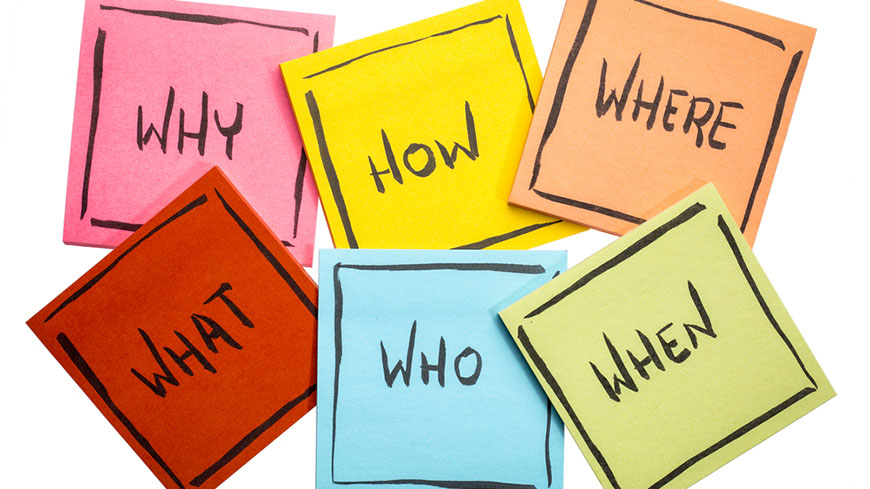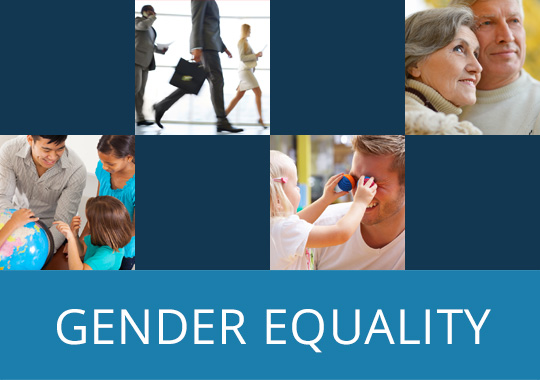What is gender mainstreaming?

“The (re)organisation, improvement, development and evaluation of policy processes, so that a gender equality perspective is incorporated in all policies at all levels and at all stages, by the actors normally involved in policy-making.
What?
Video n°1 on gender mainstreaming in different sectors of activity of the Council of Europe
Video n°2 on gender mainstreaming in different sectors of activity of the Council of Europe
Gender mainstreaming means integrating a gender equality perspective at all stages and levels of policies, programmes and projects. Women and men have different needs and living conditions and circumstances, including unequal access to and control over power, resources, human rights and institutions, including the justice system. The situations of women and men also differ according to country, region, age, ethnic or social origin, or other factors. The aim of gender mainstreaming is to take into account these differences when designing, implementing and evaluating policies, programmes and projects, so that they benefit both women and men and do not increase inequality but enhance gender equality. Gender mainstreaming aims to solve –sometimes hidden- gender inequalities. It is therefore a tool for achieving gender equality.
Why?
Several studies have shown that gender inequalities as such have direct costs. In many cases, public policies have been based on the needs of the dominant group in society or on the needs of those who have traditionally been the decision-makers, mostly men. The women’s rights movement, an increased presence of women in decision-making, strong commitments to women’s human rights at all levels, and the development of gender studies and sex-disagregated data, have all helped unveiling the fact that public policies often did not take into account women’s differing needs and situations.
Evidently, decisions regarding public policies and services, which do not fully take into account the needs and situations of all final users may lead to inappropriate solutions and an inadequate allocation of public funds. Gender mainstreaming is an inclusive strategy, aimed at integrating the need of all people. It is also based on the fact that women are not a “vulnerable group”, as they represent more than half of the population in most societies. Gender mainstreaming is a strategy to improve the quality of public policies, programmes and projects, ensuring a more efficient allocation of resources. Better results mean increased well-being for both women and men, and the creation of a more socially just and sustainable society.
How?
Gender equality issues need to be mainstreamed at all stages of policy making or project programming, but it is especially important to take it into account at the planning stage, when the problems, concerns and needs of the beneficiaries are identified and the ways to address them are defined. Therefore gender analysis and gender impact assessments are crucial tools for gender mainstreaming. These tools support the practical implementation of gender mainstreaming. Other factors are equally important to ensure proper gender mainstreaming, such as political will, commitment to and awareness of gender equality issues, knowledge, resources (including expertise) and availability of information. Gender mainstreaming is a responsibility of all actors and is relevant for all policy areas that deal with the needs of people and at all levels. Policy areas which at first sight do not seem relevant, might contain (hidden) aspects of gender inequality.
Gender mainstreaming is a long term strategy that goes hand-in hand with specific policies for the advancement of women
When properly addressed and implemented, gender mainstreaming is a transformative approach with a great potential for social change. It is a longterm strategy: every step counts towards this change of approach, but it will require some time until it is fully and automatically integrated into policy-making. There is wide consensus about the effectiveness of a dual approach towards gender equality, combining gender mainstreaming and specific measures for the advancement of women, to ensure better policy making and better use of resources. Such dual approach is also implemented in the UN 2030 Agenda for Sustainable Development, which includes a stand-alone goal on gender equality and the empowerment of women and girls (SDG 5), as well as gender-sensitive targets in other goals.
Gender mainstreaming is not about:
- “Adding women and stirring”: ensuring the equal participation of women and men in decision making or in different activities is a necessary first step and an objective on its own. However, the presence of women does not mean that a gender mainstreaming exercise was undertaken and it does not automatically lead to qualitative change towards gender equality in a specific policy, programme or activity.
- Including an introductory paragraph in a document stating that a gender equality perspective will be integrated or simply mentioning “women and men” without also taking into account their different situations is not sufficient. The aim is to include a gender equality perspective throughout the policy measures, documents or programmes.
- ”Women” and “men” are not homogeneous groups with single aims and needs: it is necessary to take into account women and men’s multiple identities in terms of age, ethnicity, sexual orientation, gender identity, social status or (dis)ability - to name a few characteristics.



